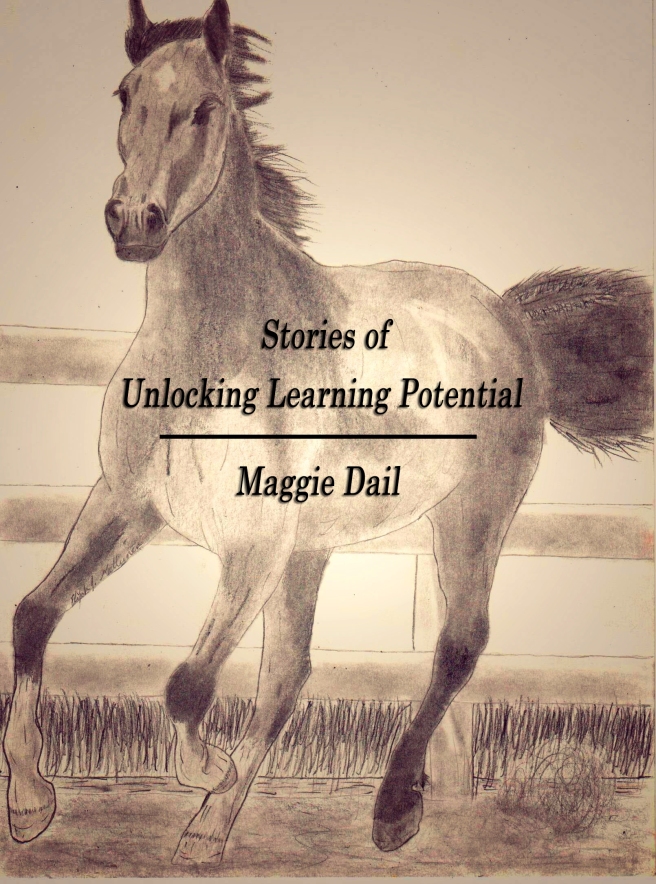 By Maggie Dail, Learning Specialist
By Maggie Dail, Learning Specialist
Many homeschooling parents begin to think about the annual assessments for their children at this time of the year. In around 20 states these tests are required by their homeschool laws. Washington State is one of those and allows for two types – standardized and non-test assessments.
- Standardized tests – While some are administered in online formats, they have traditionally been administered by having the student fill in the bubbles on an answer sheet. They are then normed and standardized meaning that they tell you how your child compares to a representative 99 others. Further, they are to be administered according to set rules and times.
- Non-test Assessments – In the Washington State homeschool law these are not defined per se, but they are to be administered by a certified teacher currently working in the field of education. Since the assessments are not defined, qualified test administrators use a variety of measures – some more subjective and others more objective.
Whether your state requires annual assessments or not, you can gain valuable information from these experiences. Other than “the homeschool law requires assessments” these may prompt you to have your children tested:
- Assess a starting point in your homeschooling (given before you begin or early on). Using the same instrument of assessment before and after provides comparable scores.
- Assess whether the curriculum, learning styles or methods you are using are helping your child learn.
- Provide preparation for your child to take college entrance tests in the future.
- Provide objectives or ideas for study for the next year, semester or month.
- Provides a “third party” assessment of the academic process
- Identifies areas that the child may need some additional help.
Unlocking Learning Potential provides non-test assessments for homeschoolers in any state via video conferencing:
Non-Test Assessment – NTA (qualifies for WA State homeschoolers)
- PIAT-R (Peabody Individual Achievement Test-Revised) Given orally – General Information, Reading Recognition, Reading Comprehension, Math, and Spelling.
- Optional – evaluation of a one-page writing sample – corrected with criteria that you receive along with an instructional lesson for one area of concern.
- Neurodevelopmental Screening (auditory and visual processing; dominance).
- A brief consultation with parents.
- Fulfills requirement for annual homeschool assessment in Washington State.
- Standard Price – $60.00
- Optional: Writing Sample Assessment – $25.00
- Optional: Learning Style Analysis – $25.00
- Especially good for younger students and those who have a difficulty in taking tests.
- Time: About 1 ½ hour for the student and time with the parent to discuss results and answer questions.
In addition, diagnostic assessments are available using KeyMath.
KeyMath-R serves as a supplement to the Brain Training Assessment or Non-Test Assessment or as a stand-alone diagnostic math test for pre-high school skills. Success for high school math depends on a good foundation. Cost: $60.00 Time: About 1 ½ to 2 hours.
If especially interested in assessing math, but want this to be the annual assessment, spelling and reading can be added.
Should you suspect a learning challenge, the annual assessment could be turned into a:
Brain Training Assessment – BTA
Includes all of the Non-Test Assessment, plus with parent completed forms, the Learning Specialist designs an Individualized Neurodevelopmental Plan (list of activities to stimulate the brain to encourage development) to complete at home with our support. Cost: $150
Depending on the results of the NTA or the BTA and the goals of the parents, families may be offered access to one or more of our professional accounts with Scientific Learning’s Fast ForWord or Reading Assistant, HearBuilder and Sensory Enrichment Therapy. Also, parents may choose to add Brain Training as ongoing support provided via video conferencing.
Another option for determining abilities that need to be developed Unlocking Learning Potential provides Structure of Intellect online assessment, training modules, and support.
Structure of Intellect Assessment (SOI)
Dr. J.P. Guilford designed an assessment that decreased the attrition rate of dropouts out of pilots during WWII. Drs. Mary and Robert Meeker further developed this model of assessing and training different learning abilities.
Assessment Cost: $150.00
Training Materials and Support: $100.00
For more information regarding our services:
https://www.unlockinglearningpotential.net/services-1
We are currently scheduling through the end of June.


 By Maggie Dail, Learning Specialist
By Maggie Dail, Learning Specialist





